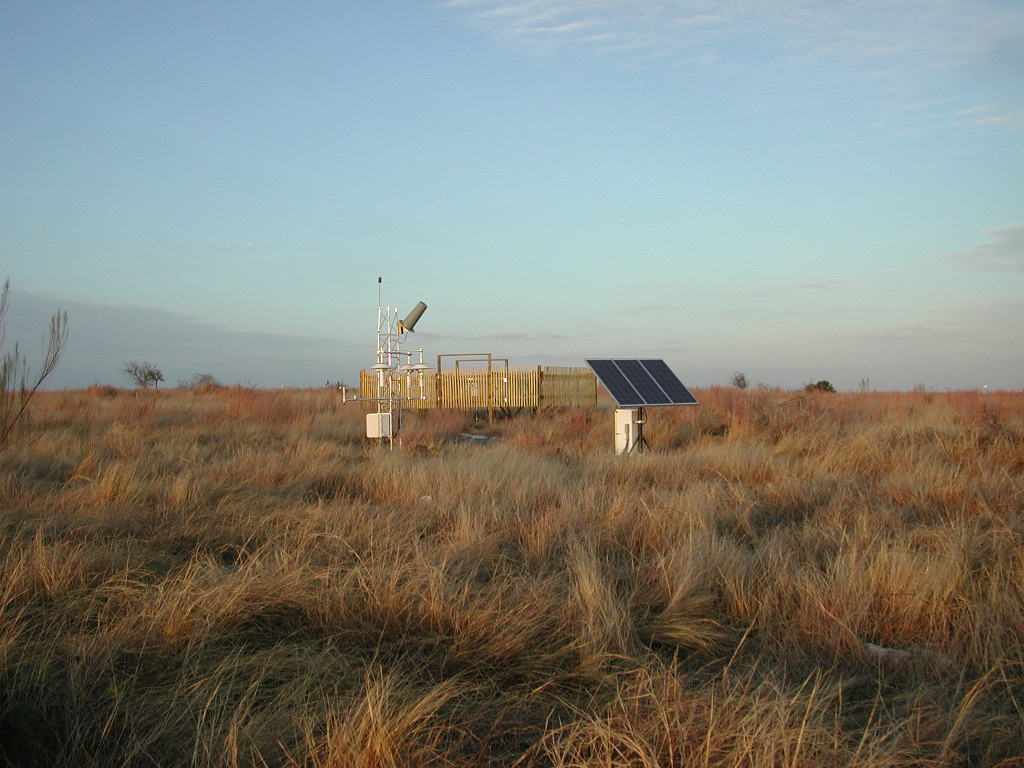|
The U.S. Climate Reference Network
(USCRN) is a network of climate stations now being developed as
part of a National Oceanic and Atmospheric Administration (NOAA)
initiative. The primary goal of its implementation is to provide
future long-term homogeneous observations of temperature and precipitation
that can be coupled to past long-term observations for the detection
and attribution of present and future climate change. Data from
the USCRN will be used in operational climate monitoring activities
and for placing current climate anomalies into an historical perspective.
The USCRN will also provide the USA with a reference network that
meets the requirements of the Global Climate Observing System
(GCOS). If fully implemented, the network will consist of
114 official stations nationwide. Implementation of the USCRN is contingent
on the availability of funding. To find out more information about
the U.S. Climate Reference Network, please visit the
National Climatic Data Center's website.
The USCRN records five parameters:
- Air temperature is obtained through
the use of a temperature probe placed inside a white-painted
aspirated solar shield with a DC-powered fan to aid in the circulation
of ambient air.
- There are three temperature sensors
and three shields at each USCRN site.Precipitation
amount is recorded with a weighing bucket gauge. The precipitation
and in the container is weighed with a sensor with a frequency
output.
- Wind speed is measured with a
three-cup anemometer assembly with a magnet-reed switch, which
produces contact closures whose frequency is proportional to
wind speed.
- An infrared thermometer obtains
the surface temperature of the ground.
- Solar radiation is monitored
via a silicon pyranometer that measures solar radiation from
the entire hemisphere.
All of the above devices are scanned every
ten seconds and the data recorded on a Campbell Scientific, Inc.
23X datalogger. The CR23X is a multi-function user programmable
precision measurement device that combines recording, processing
and control capabilities in a single unit. All of the instruments
except for the rain gauge, which is mounted on a two-inch diameter
aluminum pipe, are mounted on a three-meter aluminum meteorological
tower.
Site hosts please click
here to view the ON-SITE TECHNICAL SUPPORT GUIDE webpage.

|

![]()
